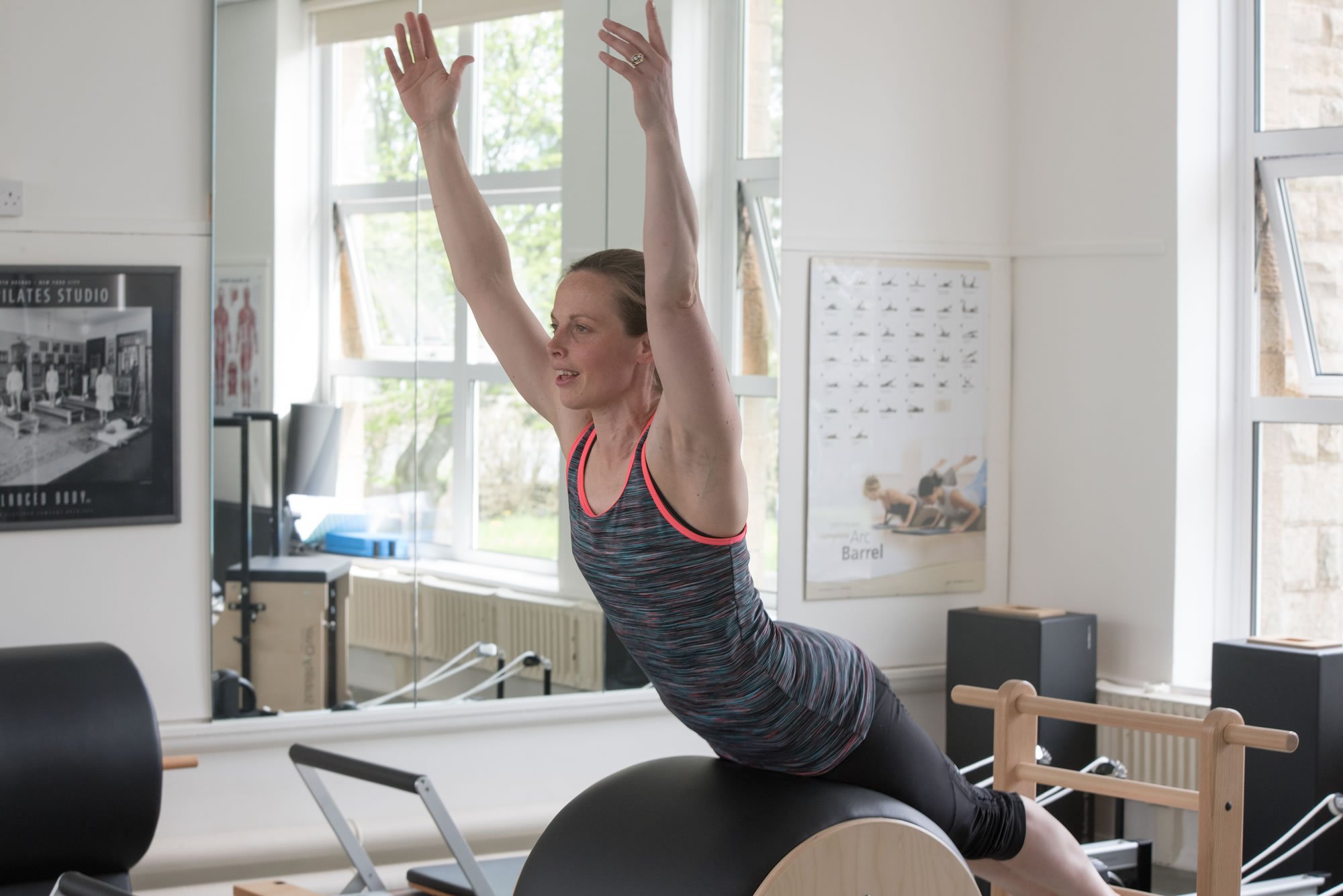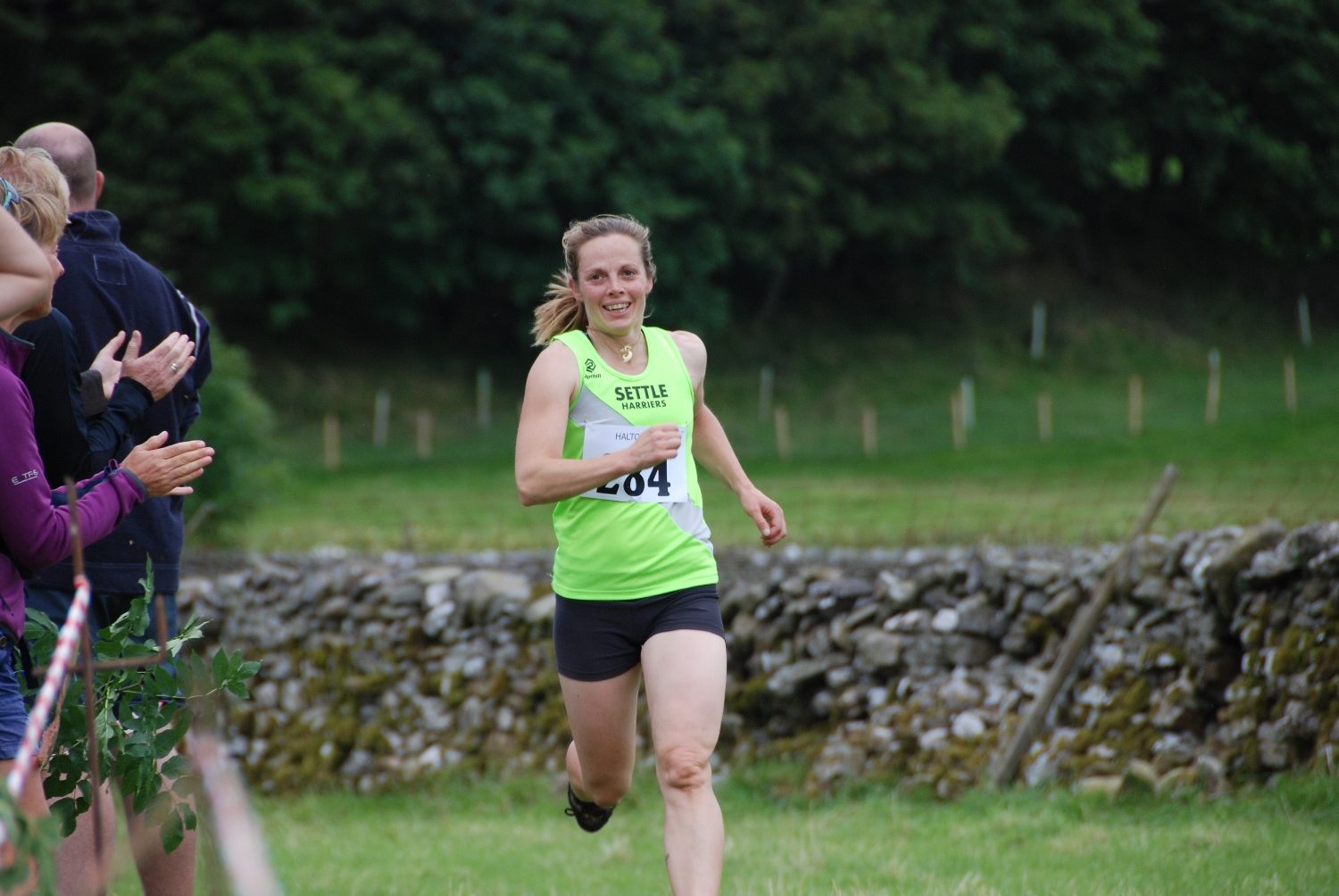During my 12 years of teaching pilates, I have regularly come across courses with titles along the lines of…
Pilates For Skiing! Pilates For Swimmers! Pilates for Runners! Pilates for Golf! Pilates for Cyclists!
And also offerings of tuition in…
Pilates for Breast Cancer Rehabilitation. Pilates for Osteoporosis. Pilates for Neurological Conditions.
You get the idea. There is something for everyone when it comes to pilates. And it’s true, everyone can do pilates but I also believe these course titles can be misleading for both pilates teachers and prospective clients. Pilates is pilates. If you are a runner, pilates can improve your leg strength and your breathing and in turn your running performance. If you play golf, pilates can improve your thoracic rotation and upper body strength and in turn enhance your swing. If you have had breast cancer, pilates can help you to re-build confidence in your movement.
But the content of a regular pilates class is not going to be vastly different to reach these goals for everybody. So in the same class I could have a golfer, a runner, a cyclist and a woman who has had a mastectomy. They will all have the potential to reach their pilates goals with the same exercises. There is a finite number of pilates mat exercises which originate from Joseph Pilates so although there is scope to modify these moves and adjust them to meet individual needs, the essence of each exercise remains constant.
- Get to know your clients, ask them what their hobbies are, find out what they want to achieve from their class and teach them accordingly. Use your imagination, your intuition and your expertise to make each exercise work for them, whatever their goal. Be they a runner, a gardener or a guitarist teach them pilates to improve their everyday movement.
I am not a medical professional. I teach people to move more freely, with ease and strength through pilates. What I do is straightforward. I observe movement and I teach people how to use their bodies to their advantage. I find it extremely useful to have an awareness of health conditions that I may come across in the studio such as osteoporosis, scoliosis, pregnancy, back pain or surgery and the implications these conditions pose to exercise.
For example, for osteoporosis we avoid flexion of the spine and flexion with rotation. With pregnant clients we avoid supine exercises and direct work on the rectus abdominus. But I will never be a doctor or a physiotherapist and I know where my strengths and limitations lie.
- We need to know, as pilates teachers, the boundaries of our expertise. We need to know that our 1 day workshop on Pilates for Back Care does not mean we are in a position to offer advice on back conditions. Awareness, yes! Effective communication and modification of exercises, yes! Pilates will not take away osteoporosis, it may or may not have an impact on the degree of a scoliosis and it may or may not have a positive and long lasting effect on a problematic back. Pilates is unique in its approach but it can’t perform miracles and expectations of clients need to be managed accordingly.
I pride myself on the fact that ANYONE can walk into my studio, I can assess their posture, their movement and offer pilates to help them. What I would teach would be different depending on the individual but I wouldn’t have needed a course to tell me that (I’ve endured several “Pilates For…” workshops and always come away with the realisation that I was simply being told a variation on the same theme).
- If you are a teacher assess your clients and steer them towards an appropriate class or private tuition. By offering classes at different levels, everyone’s pilates goals can be met. If you are a client, talk to your teacher! If we know your expectations from your class we can make sure that we go as far as possible to meet them.
Remember, pilates is pilates. Do pilates, because movement heals. But ask questions about your ‘Pilates For____’ (fill in the blank) class. You might find its content is exactly the same as you would find in a class simply entitled ‘Pilates’.
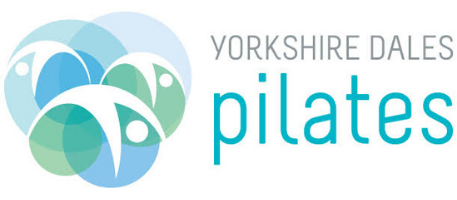
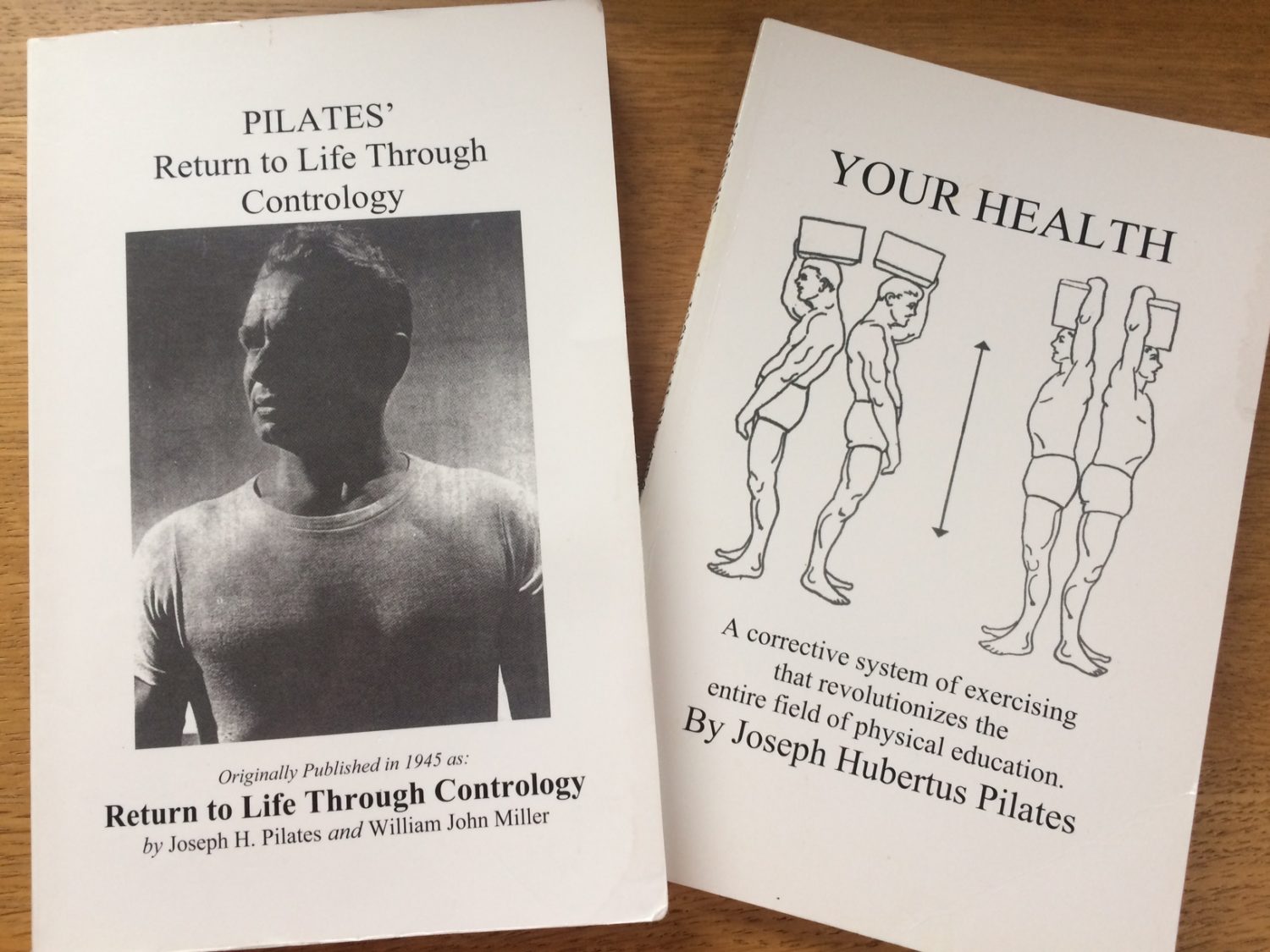

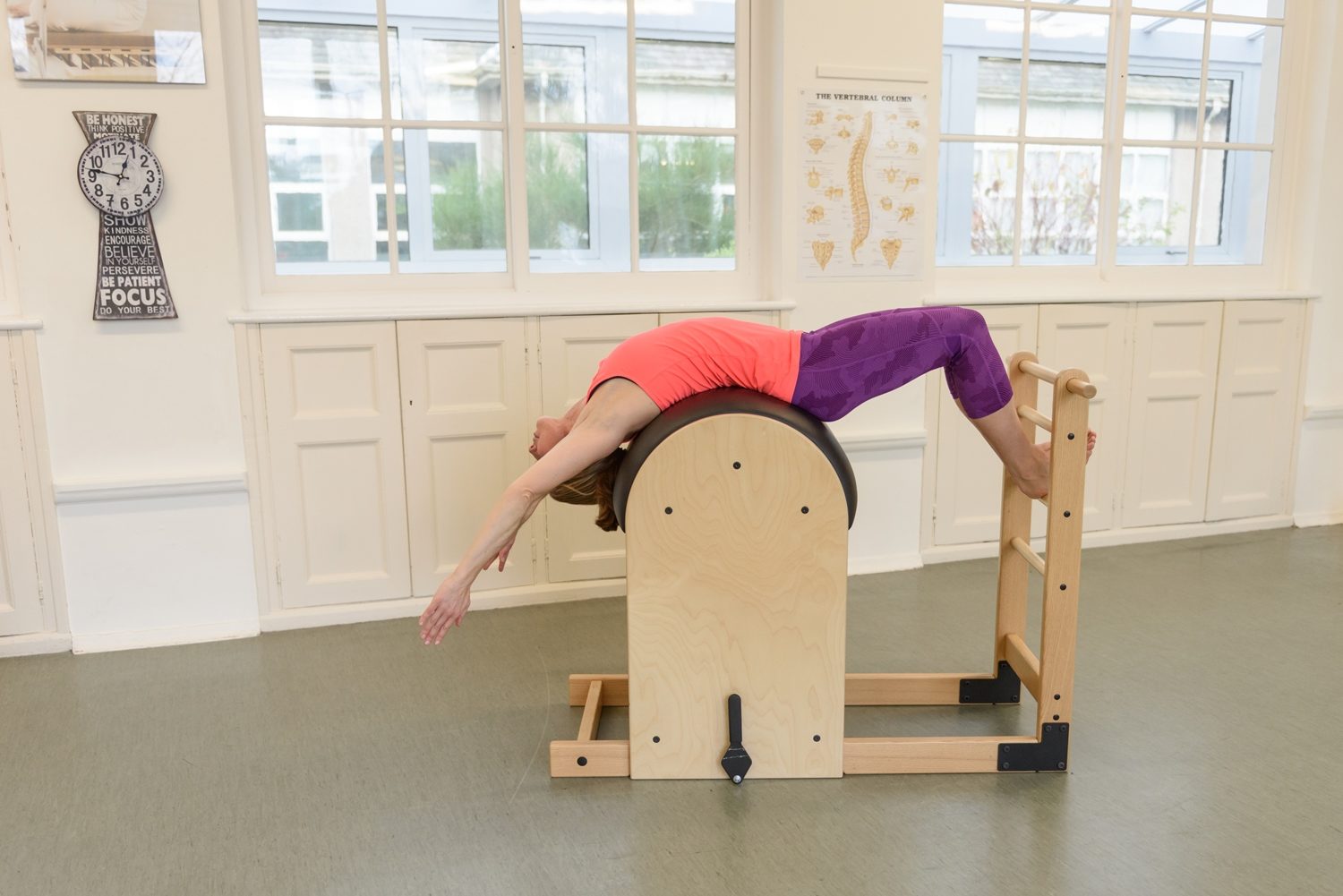

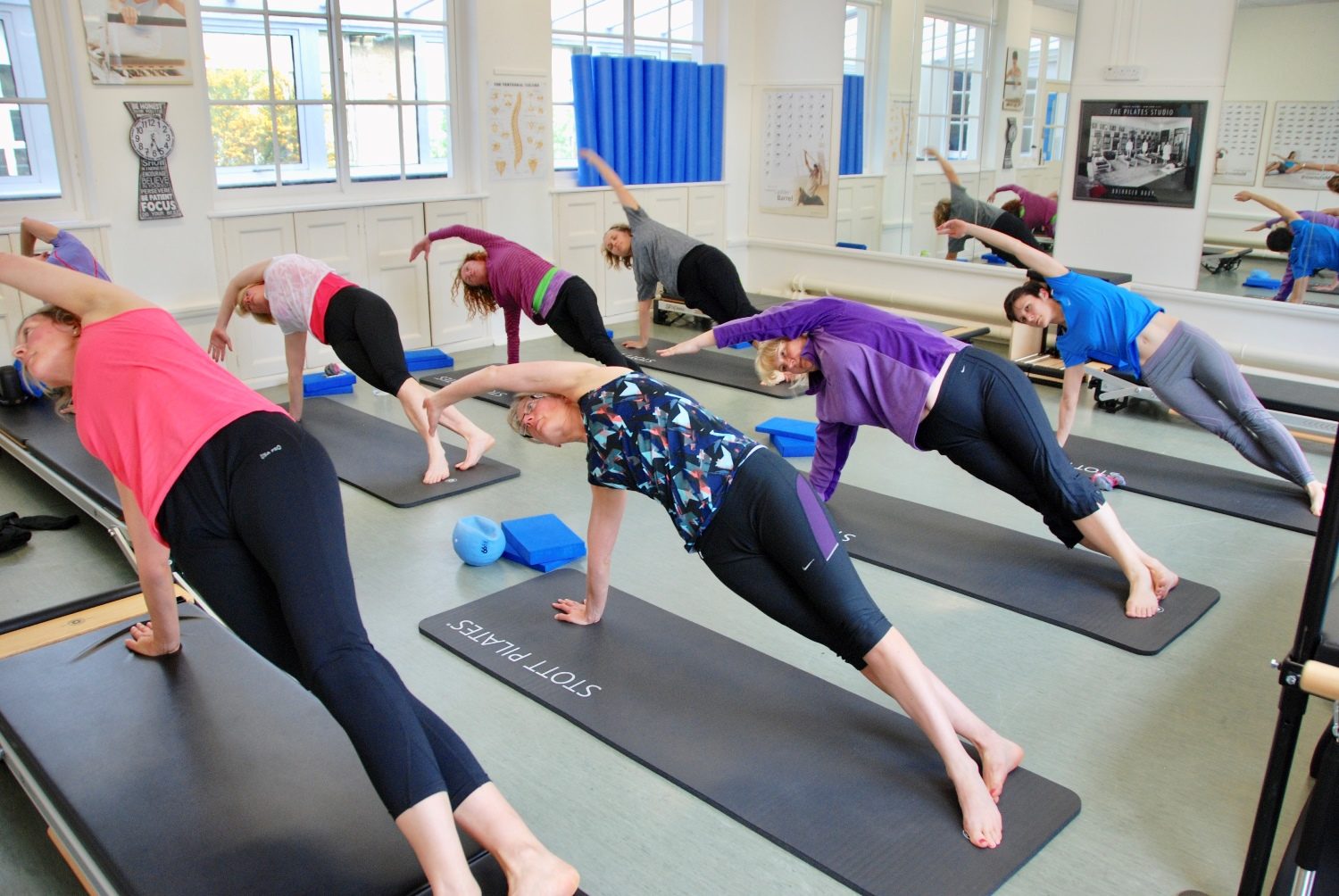 With these principles in mind I sincerely hope that my career as a pilates teacher and fitness professional will have purpose, longevity and above all enjoyment and satisfaction, everyday.
With these principles in mind I sincerely hope that my career as a pilates teacher and fitness professional will have purpose, longevity and above all enjoyment and satisfaction, everyday.
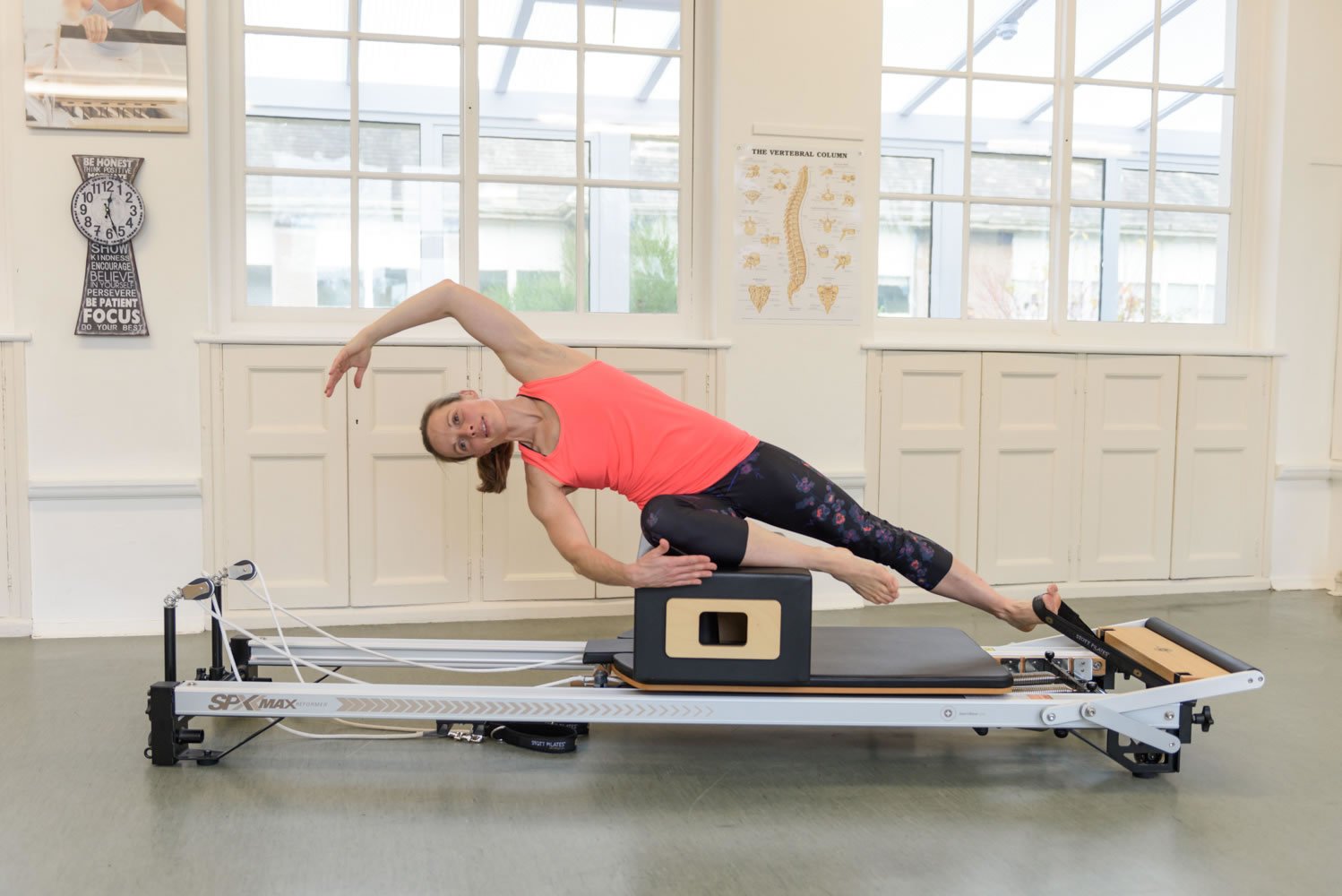
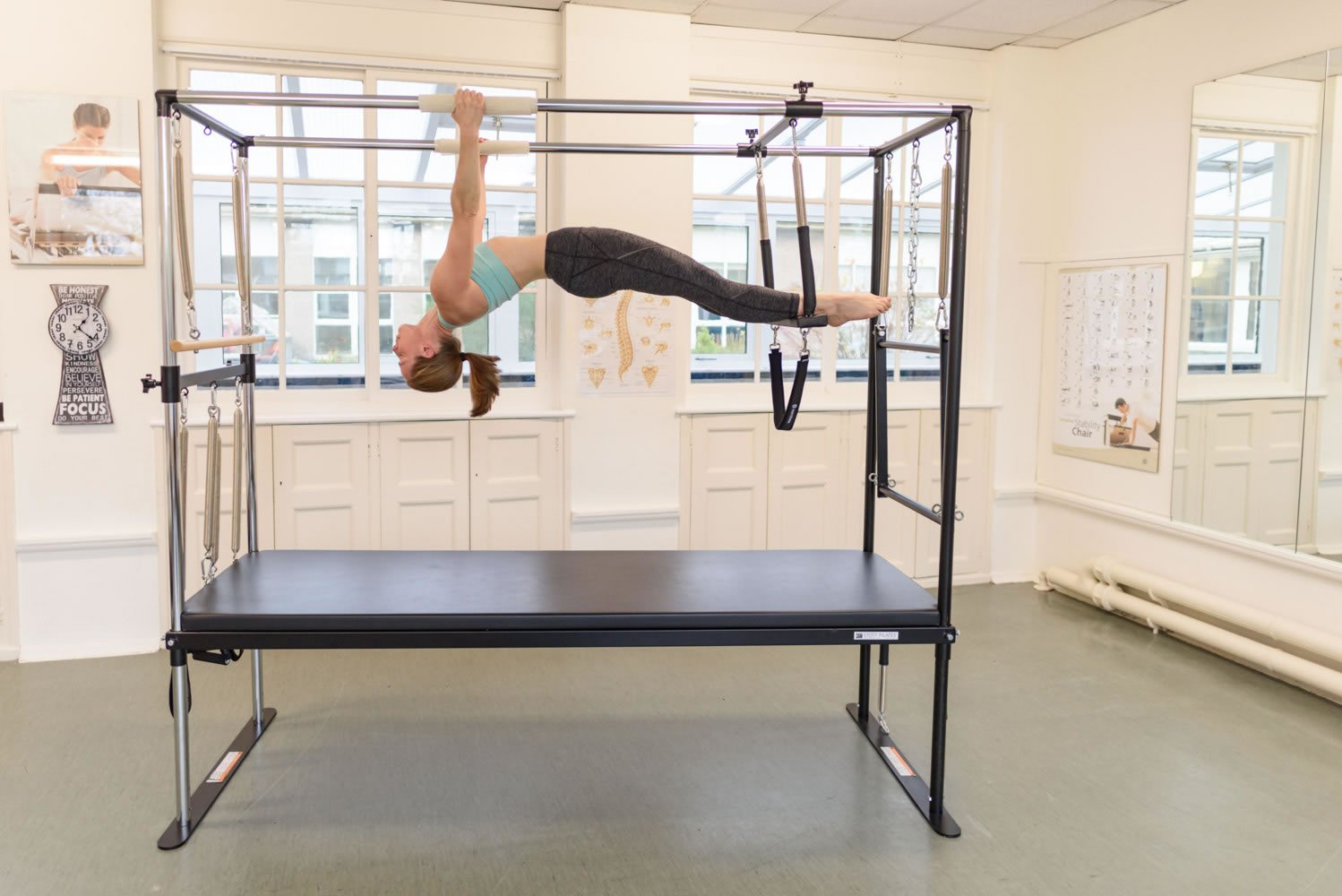 The apparatus allows us to move in ways we haven’t moved since we were in the school playground. It allows us to flex, extend, rotate and sidebend with a remarkable level of feedback and support in order to target just the right muscles.
The apparatus allows us to move in ways we haven’t moved since we were in the school playground. It allows us to flex, extend, rotate and sidebend with a remarkable level of feedback and support in order to target just the right muscles.